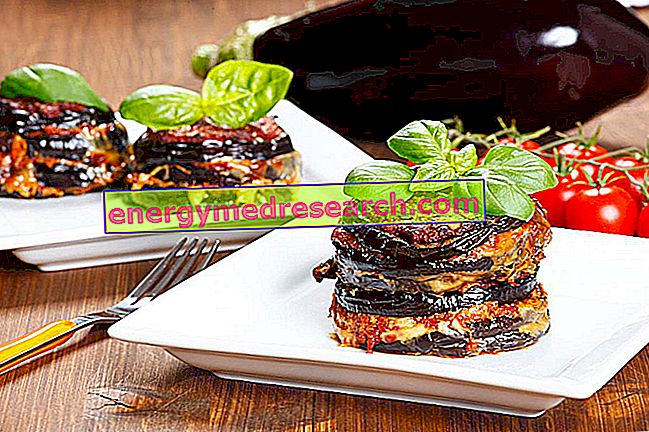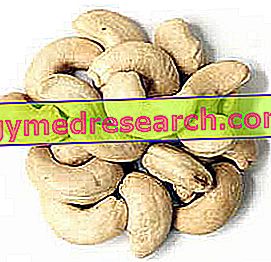
Because of their unpleasant taste, poor digestibility and significant solanine content (toxic molecule), raw aubergines are NOT considered edible. Through cooking, these characteristics are totally eliminated giving rise to a rich and complex flavor.
Many recipes suggest cutting the fruit into slices and subjecting them to a preliminary salting, rinsing and drying phase. This is aimed at draining the aqueous fluids, promoting softness, decreasing the solanine content and limiting excessive use of fat for cooking, optimizing heat conduction. Some modern varieties, including large purples, do not seem to need this treatment.
In cooking, aubergines are able to absorb large quantities of fat, water and therefore also sauces. Without using salting, this potential increases drastically, with the risk of burdening the recipe considerably.
The aubergine slices, due to their shape and consistency, can be used as a replacement for meat in vegan and vegetarian cuisine but, from a nutritional point of view, meat and eggplant have totally different characteristics.
Like the tomato (with which it shares the family and the botanical genus), the eggplant pulp is smooth, and contains numerous soft and edible seeds. The skin is thin and also edible.
Eggplant is widely used in the cuisine of many countries around the world. It is adopted above all by the Indian people, for example in the traditional ones: S ambhar, D alma (Odisha recipe), C hutney (condiments), C urry and A char .
With regards to its versatility and wide daily use as well as in its recurrences, aubergines are often described by the Indian people ( baingan ) as the "queen of vegetables".
Roasted, peeled, pounded, mixed with onions, tomatoes and spices, then cooked over low heat, they are the main ingredient of the famous Indian and Pakistani dish Baingan ka Bhartha or Ojju, similar to Romanian Salata de Vinete .
Another very popular version in Bangladesh and in the eastern states of India (Odisha and West Bengal) is B egun-Pora (with charred or burnt aubergines); in this case, the vegetable pulp is mixed with raw and chopped shallots, green peppers, salt, fresh coriander and mustard oil.
Sometimes, fried tomatoes and fried potatoes are also added to create a dish called Begun Bhorta .
In a recipe called Bharli Vangi, aubergines are stuffed with coconut, peanuts, Masala and are cooked in oil.
Eggplants are frequently cooked in stew, as in the French R atatouille, or fried, as in the Italian Parmigiana, the Turkish Karniyarik and the Greek Moussaka .
Eggplants are also roasted whole; the peel is then removed and mixed with other ingredients such as lemon, tahini and garlic. The recipe is of Arabic origin and is called Ghanoush Baba ; very similar, the Greek Melitzanosalata .
In Romania, roasted aubergines are mixed with roasted red peppers, chopped onions, tomatoes, mushrooms, carrots, celery and spices; the recipe is called Zacusca, also known as Ajvar in Croatia and the Balkans.
A Spanish dish called Escalivada involves mixing strips of roasted eggplant, pepper, onion and tomato.
In the region of La Mancha, in central Spain, an aubergine and a red pepper are marinated with vinegar, chilli pepper and olive oil. The result is called Berenjena de Almagro .
La Makdous is a Levantine specialty based on marinated aubergines, stuffed with red peppers and walnuts cooked in olive oil.
Eggplants can also be dug raw and filled with meat, rice or other foods, and cooked later.
In the Caucasus, they are fried and stuffed with walnut paste to make up the Badrijani Nigvziani .
Eggplants are also present in Chinese cuisine, in braised, stewed, steamed or stuffed form.



